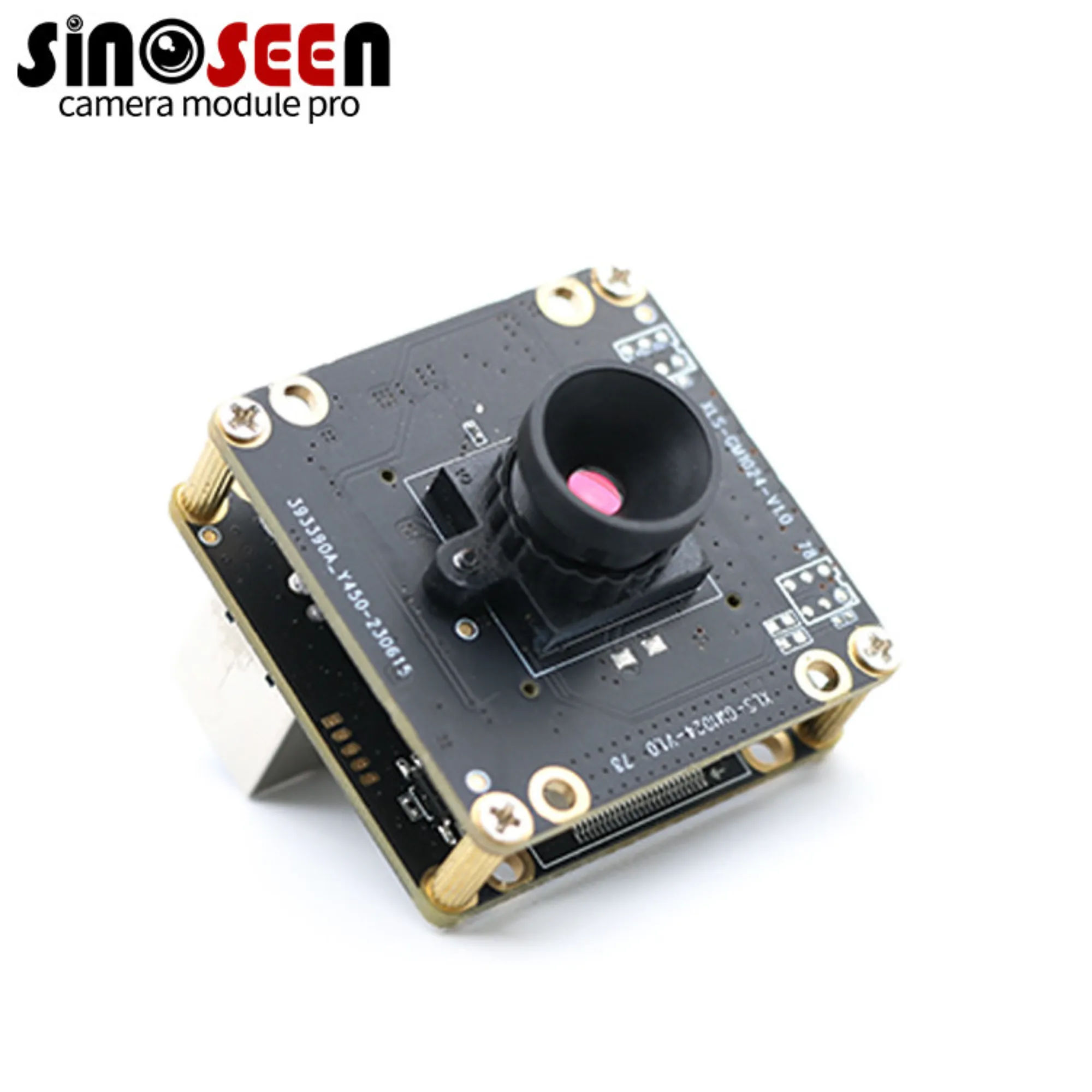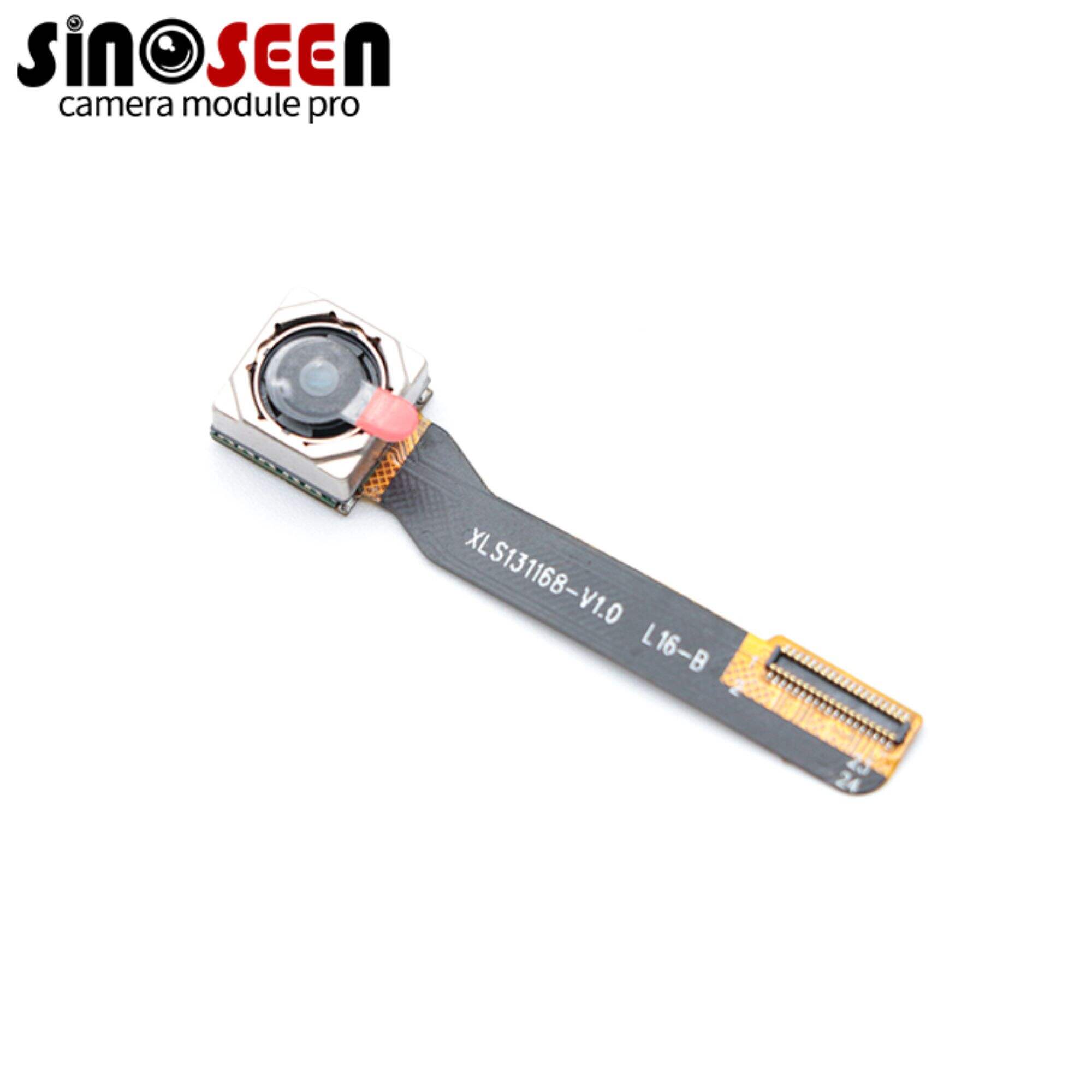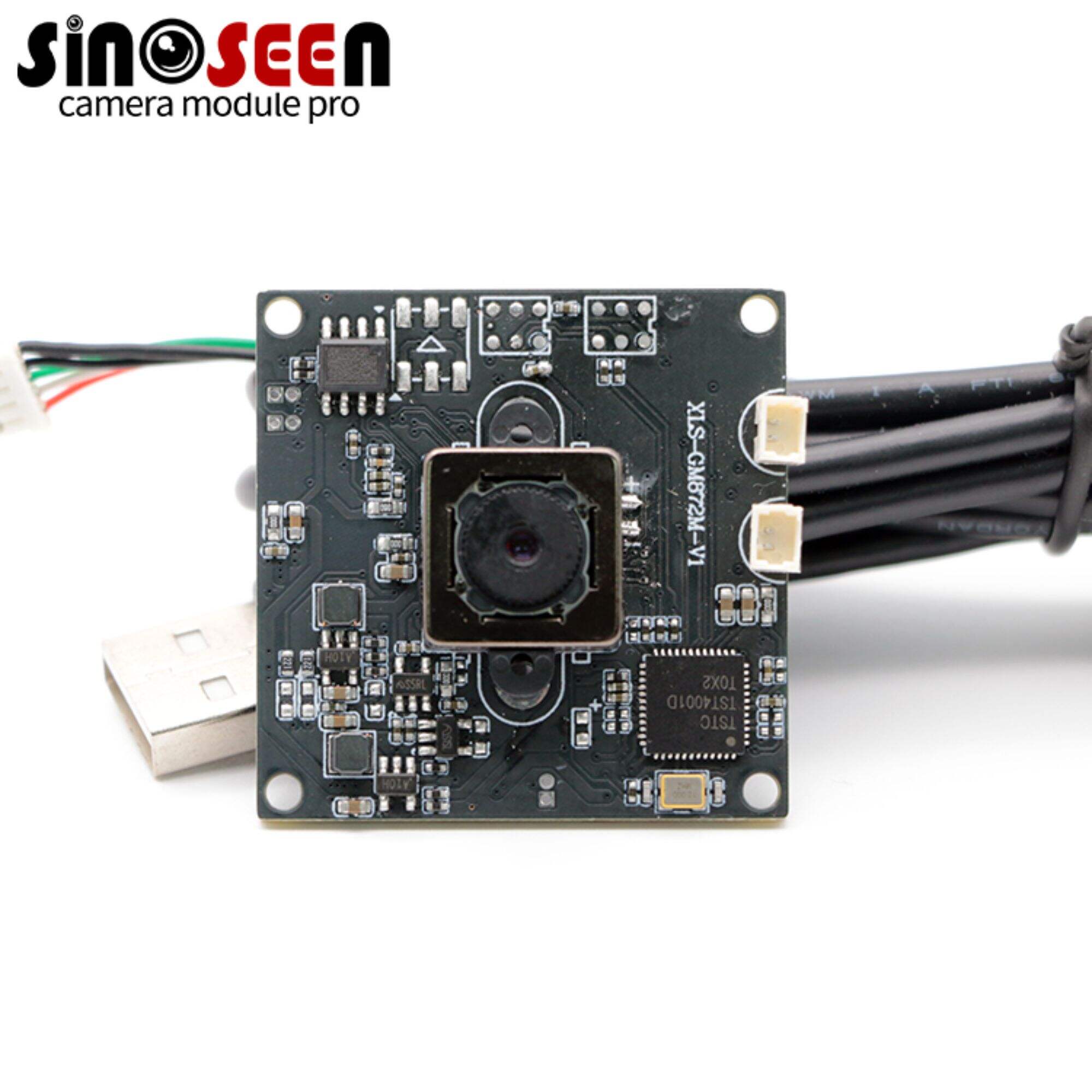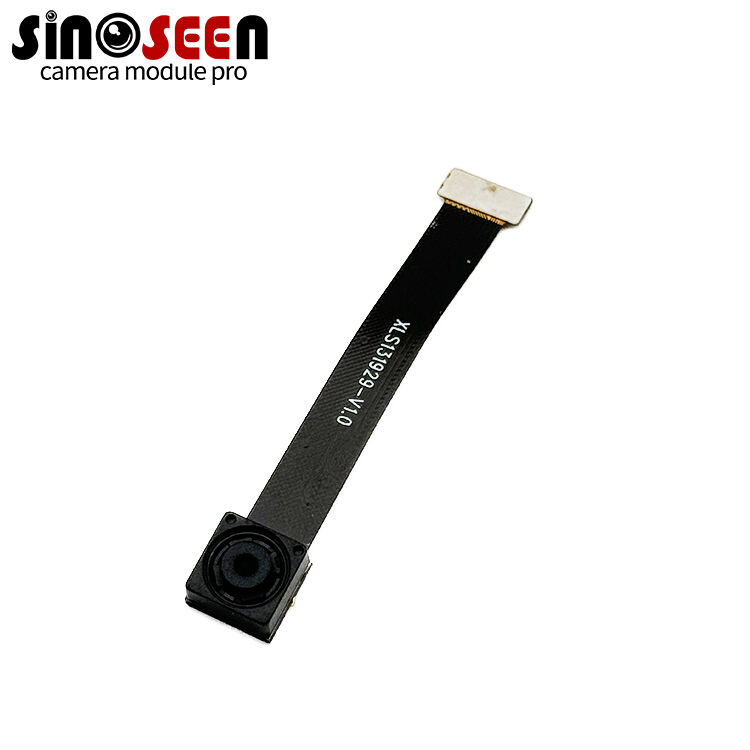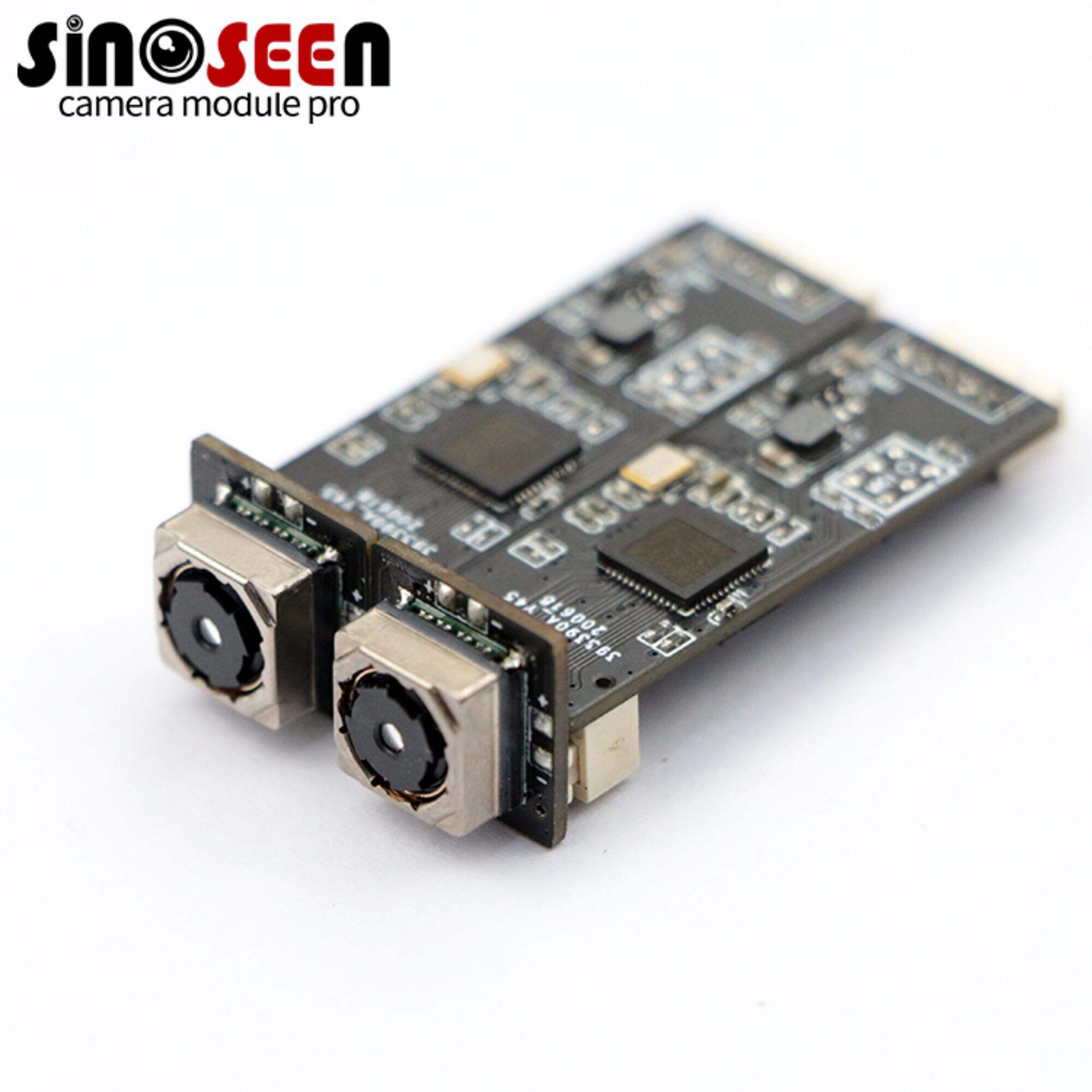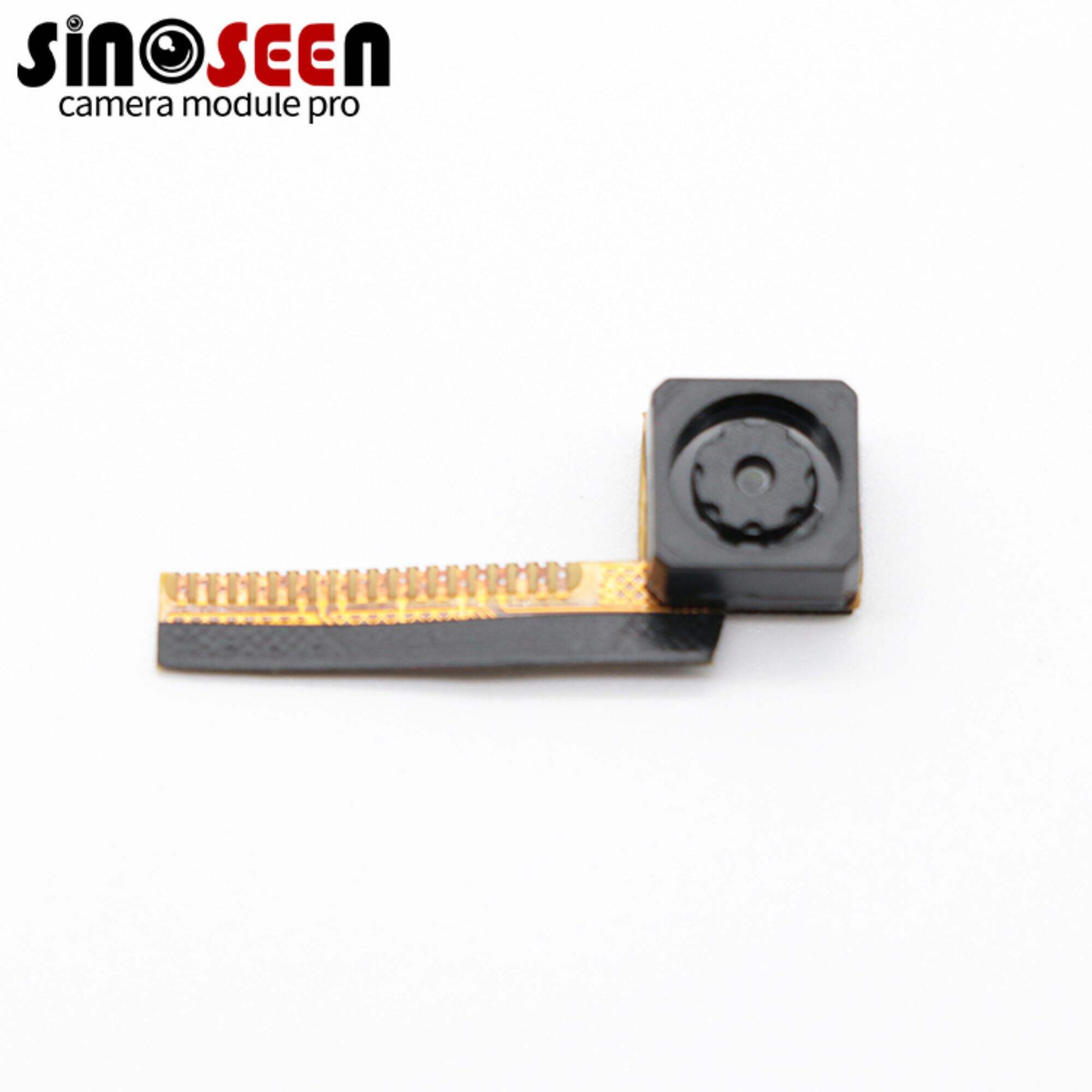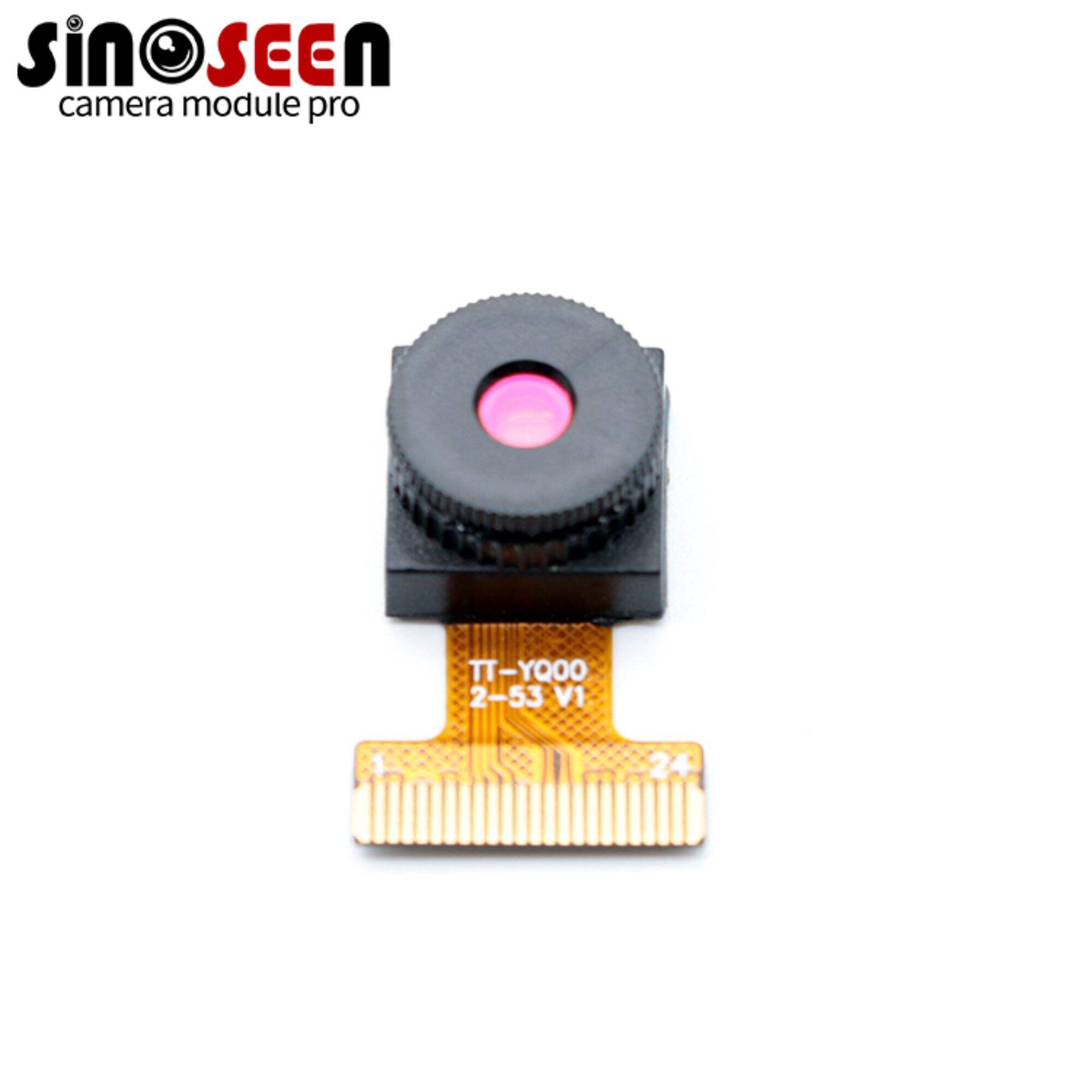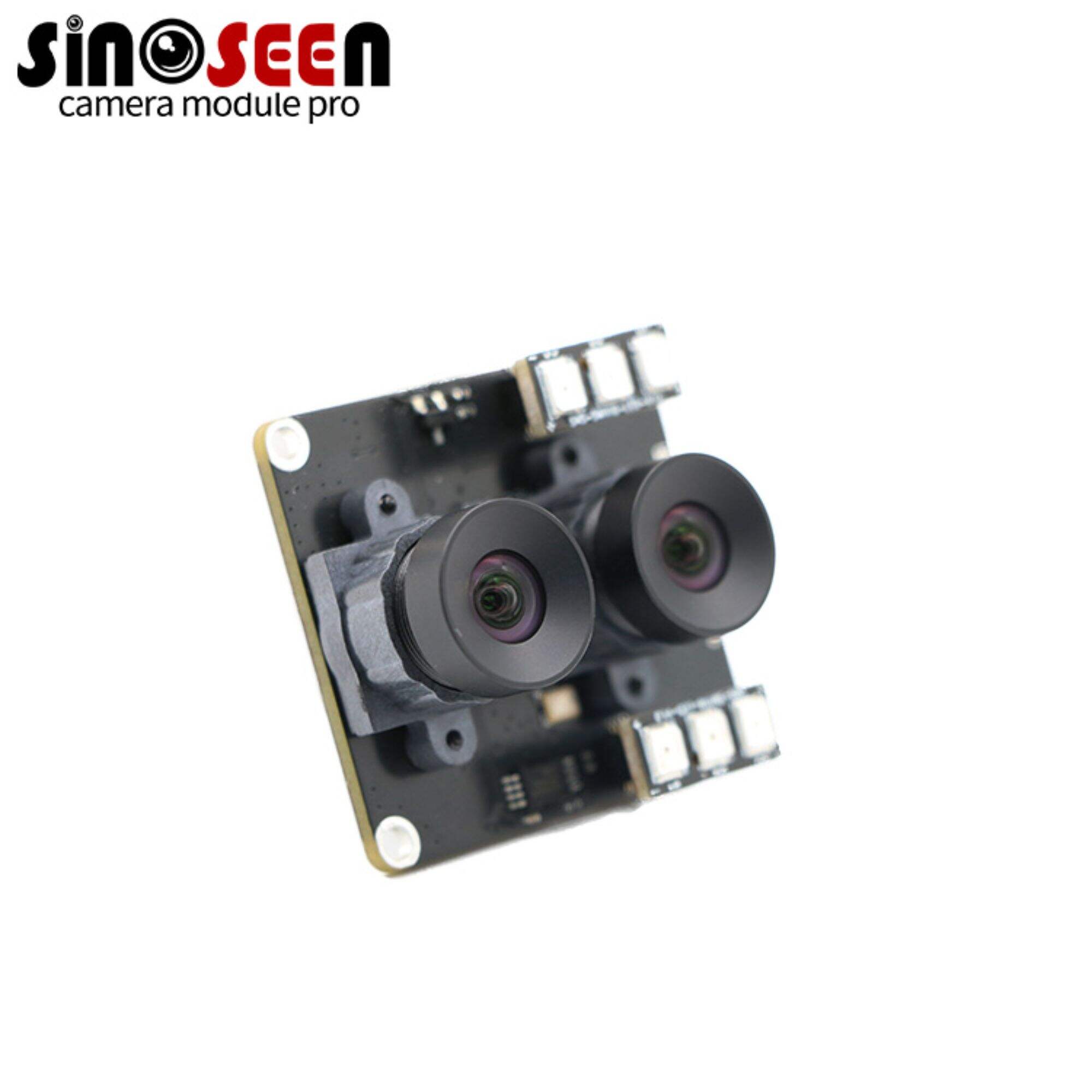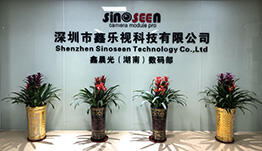איך בוחרים את מודול המצלמה האינפרא-אדום הטוב ביותר לניטור בחוץ
הבנת טכנולוגיית מצלמות IR לצורך תצפית מתקדמת בחוץ
התפתחות טכנולוגיית התצפית העמידה מודולי מצלמת IR כרכיבים חיוניים במערכות ניטור מודרניות בחוץ. התקנים מתוחכמים אלו משולבים יכולות זיהוי באינפרא אדום עם טכנולוגיית הדמיה מתקדמת, ומאפשרים ראייה ברורה בתנאים קשים בחוץ. בין אם לבטיחות שטח, תצפית על בעלי חיים או ניטור תעשייתי, בחירת מודול מצלמת IR הנכון יכולה להשפיע בצורה משמעותית על יעילות מערכת התצפית שלך.
תכונות impresריות של מודולי מצלמות IR לחוץ
רזולוציה וمواصفات איכות תמונה
בעת הערכת מודול מצלמת IR ליישומים בחוץ, רזולוציה היא שיקול עיקרי. מודולים מודרניים מציעים רזולוציות שמערבות בין 640x480 פיקסלים בסיסיים ליכולות מתקדמות של 4K. חיישנים ברזולוציה גבוהה מספקים תמונות מפורטות יותר, מה שחשוב במיוחד לזיהוי עצמים או פרטים במרחקים גדולים יותר. גודל החיישן וצפיפות הפיקסלים ממלאים גם הם תפקיד חשוב בהגדרת איכות התמונה, במיוחד בתנאי תאורה משתנים.
יכולות עיבוד תמונה משפרות עוד יותר את איכות הפלט. מודולי מצלמת IR מתקדמים כוללים אלגוריתמים מתוחכמים שמפחיתים רעש, משפרים ניגודיות וממירים את וضوح התמונה גם בתנאי מזג אוויר קשים. יש לחפש מודולים עם טכנולוגיית טווח דינמי רחב (WDR), אשר עוזרת לאזן את השוני הקיצוני בתאורה הנפוץ בסביבות חיצוניות.
סטנדרטים להגנת הסביבה
התקנה בחוץ דורשת הגנה עמידה בפני גורמים סביבתיים. דירוגי IP תקניים של התעשייה מציינים את עמידות המודול בפני חדירת אבק ומים. ליישומים בחוץ, יש למצוא מודולים עם דירוג IP66 מינימלי, המבטיח הגנה מפני סילוני מים חזקים ועמידות מלאה באבק.
סיבולת טמפרטורה מהווה גורם חשוב נוסף. מודולי מצלמות IR איכותיים צריכים לפעול בצורה אמינה בטווחי טמפרטורה רחבים, בדרך כלל בין -40° צלזיוס ל-+60° צלזיוס. יש לקחת בחשבון מודולים עם מנגנוני פיצוי טמפרטורה מובנים כדי לשמור על ביצועים עקביים לאורך כל השינויים.
יכולות IR מתקדמות וביצועי ראיית לילה
טווח ועוצמה של תאורת IR
היעילות של מודול מצלמת IR בחושך תלויה במידה רבה ביכולות ההארה באינפרא אדום שלו. למודולים מקצועיים יש לרוב דיודות פולטות אור באינפרא אדום בעוצמה גבוהה עם רמות עוצמה ניתנות להתאמה. טווח ההארה צריך להתאים לדרישות המעקב הספציפיות שלך, כאשר מודולים מתקדמים מציעים כיסוי של עד 100 מטר או יותר בחושך מוחלט.
טכנולוגיית Smart IR מונעת חשיפה מוגזמת של עצמים קרובים תוך שמירה על ראות של עצמים מרוחקים. כדאי לחפש מודולים עם מסנני IR חתוכים אוטומטיים המחליפים באופן חלק בין מצב יום למצב לילה, ומבטיחים איכות תמונה מיטבית בכל תנאי תאורה.
רגישות ספקטרלית ואפשרויות אורך גל
מודולים שונים של מצלמות IR פועלים באורכי גל שונים בתחום האינפרא-אדום, כאשר כל אחד מהם מתאים ליישומים ספציפיים. מודולי אינפרא-אדום קרוב (NIR), הפועלים סביב 850 ננומטר, מספקים איכות תמונה מצוינת תוך שמירה על ראייה חלקית של תאורת ה-IR. מודולים המשתמשים באורכי גל של 940 ננומטר מציעים פעילות חבויה לחלוטין, אידיאלי לניטור בעלי חיים או ליישומי אבטחה הדורשים סודיות מוחלטת.
קחו בחשבון את עקומת התגובה הספקטרלית של המודול, המציינת רגישות באורכי גל שונים. מודולים מעולים מציעים רגישות ספקטרלית רחבה, המאפשרת ביצועים טובים יותר בתנאים אטמוספריים משתנים ובסוגים שונים של הפרעות חזותיות.

היבטים של אינטגרציה וקישוריות
אפשרויות ממשק והעברת נתונים
מודולי מצלמה אינפרא-אדום מודרניים תומכים בסטנדרטים מתחברות שונים לאינטגרציה חלקה למערכות קיימות. אפשרויות נפוצות כוללות USB, אترنت וממשקים סיריאליים מיוחדים. מודולים מתקדמים לרוב מציגים מספר אפשרויות פלט, ונותנים גמישות בעיצוב המערכת ועדכונים עתידיים.
יכולות העברת נתונים משפיעות על ביצועי מעקב בזמן אמת. יש לחפש מודולים התומכים בסטנדרטי רשת עדכניים ופרוטוקולי דחיסה יעילים כדי לשמור על איכות תמונה גבוהה תוך אופטימיזציה של השימוש בפס רוחב. 일부 מודולים מתקדמים מציעים יכולות حوسبة בקצה (edge computing), לעבד את נתוני התמונה באופן מקומי לצמצום עומס על הרשת.
דרישות חשמל וניהול
צריכת החשמל משפיעה משמעותית על עיצוב המערכת ועל עלויות הפעלה. מודולי מצלמה אינפרא-אדום יעילים כוללים תכונות לחיסכון בחשמל תוך שמירה על הביצועים. יש לקחת בחשבון מודולים עם מערכות ניהול חכם של חשמל שמותאמות את עוצמת ההארה באינפרא-אדום בהתאם לתנאי הסצנה.
יש להעריך בקפידה את דרישות אספקת החשמל, במיוחד להתקנות מרוחקות. ישנן יחידות שמציעות טווח רחב של מתח קלט ויכולת Power over Ethernet (PoE), מה שפשט את ההתקנה ומקטין את עלויות התשתית.
שאלות נפוצות
מהו אורך הגל האינפרא-אדום האופטימלי לצפייה חיצונית?
האורך האופטימלי תלוי ביישום הספציפי שלך. 850 ננומטר מציע את האיזון הטוב ביותר בין טווח התאורה לבין פעילות חצי-נסתרת, בעוד 940 ננומטר מספק צפייה בלתי נראית לחלוטין אך עם טווח קטן יותר במעט. לצפייה חיצונית כללית, 850 ננומטר מוכיח בדרך כלל כהכי יעיל.
כיצד משפיע מזג האוויר על ביצועי מודול מצלמת אינפרא-אדום?
תנאי מזג אוויר יכולים להשפיע על ביצועי מצלמת אינפרא-אדום באמצעות ספיגת אטמוספרה, פיזור והפרעה פיזית. מודולים איכותיים כוללים תכונות כמו עדשות מחוממות, ציפויים הידרופוביים ועיבוד תמונה מתקדם כדי לשמור על אמינות בתנאים קיצוניים.
איזו תחזוקה נדרשת למודול מצלמת אינפרא-אדום לשימוש בחוץ?
תחזוקה שגרתית כוללת ניקוי של העדשה והגוף, בדיקת החותמים ואמצעי ההרכבה, ווידוא ביצועי מאיר ה-IR. מודולים מקצועיים דורשים לרוב תחזוקה מינימלית, אך בדיקות מחזוריות מבטיחות ביצועים אופטימליים וחיים ארוכים יותר. יש לקחת בחשבון מודולים עם תכונות צלחה עצמית או גופים מגנים כדי להפחית את דרישות התפעול.
מהו משך החיים הרגיל של מאירי IR?
דיודות פולטות אור (LED) באינפרא אדום באיכות גבוהה, שבמודולי מצלמה מודרניים, עולות בדרך כלל ל-50,000 עד 100,000 שעות בתנאי פעולה רגילים. גורמים המשפיעים על אורך החיים כוללים את טמפרטורת הפעלה, מחזור העבודה, וכفاءת ניהול הכוח. מודולים איכותיים לרוב כוללים תכונות של ניטור טמפרטורה והגבלה של זרם כדי להגן על רכיבי ה-IR ולהאריך את חיי הפעילות.
מוצרים מומלצים
חדשות חמות
-
סין מובילה יצרנים מודול מצלמה מכשיר כוח צילוםSinoseen
2024-03-27
-
המדריך האולטימטיבי להתאמה אישית עבור מודולים מצלמת OEM
2024-03-27
-
הבנה מעמיקה של מודולי מצלמה
2024-03-27
-
איך להפחית את רזולוציית מודול המצלמה?
2024-12-18

 EN
EN
 AR
AR
 DA
DA
 NL
NL
 FI
FI
 FR
FR
 DE
DE
 EL
EL
 HI
HI
 IT
IT
 JA
JA
 KO
KO
 NO
NO
 PL
PL
 PT
PT
 RO
RO
 RU
RU
 ES
ES
 SV
SV
 TL
TL
 IW
IW
 ID
ID
 SR
SR
 VI
VI
 HU
HU
 TH
TH
 TR
TR
 FA
FA
 MS
MS
 IS
IS
 AZ
AZ
 UR
UR
 BN
BN
 HA
HA
 LO
LO
 MR
MR
 MN
MN
 PA
PA
 MY
MY
 SD
SD

